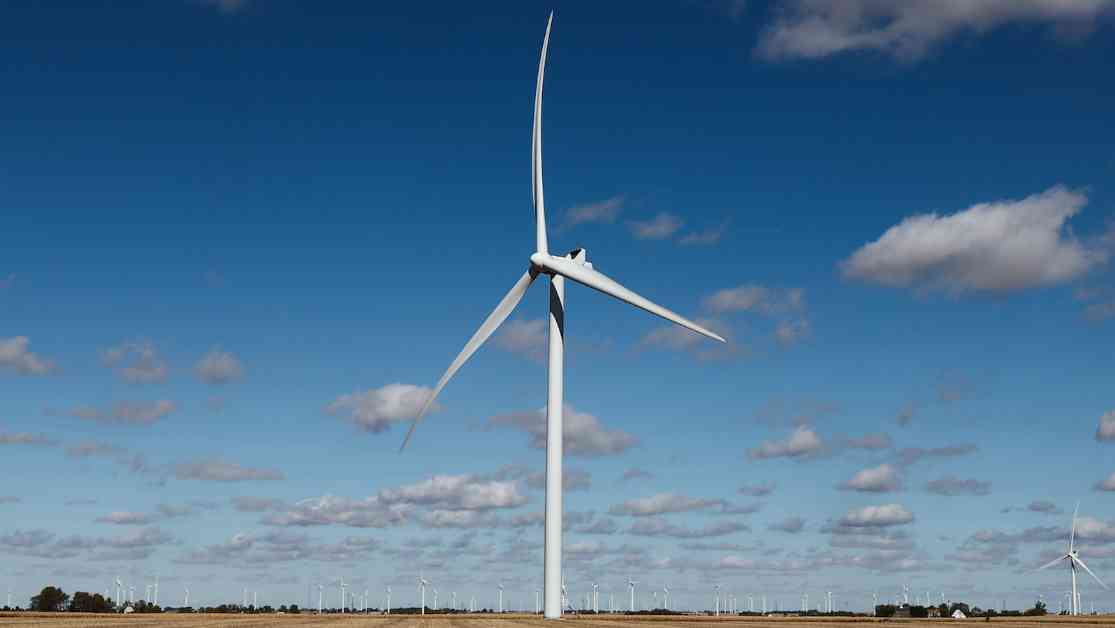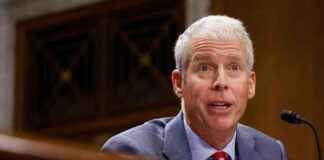Illinois Struggles to Meet Climate Goals Despite Ambitious Targets
Four years ago, Governor JB Pritzker of Illinois signed the Climate Equitable Jobs Act, a bold initiative aimed at transforming the state’s economy by 2030. This multifaceted plan included ambitious goals such as decarbonizing the power sector, promoting electric vehicles, and creating a clean energy workforce. However, as deadlines loom and the federal government’s stance on climate change remains uncertain, Illinois is facing challenges in meeting its targets.
States across the country, including California, New York, and Oregon, have set similar lofty goals only to fall short. Despite this trend, Jackson Morris from the Natural Resources Defense Council (NRDC) emphasizes the importance of maintaining momentum at the state level. He believes that striving to achieve these goals, even if delayed, is critical for long-term success in combating climate change.
Illinois recently encountered a setback in meeting its renewable energy targets, according to John Delurey of Vote Solar. The state had committed to sourcing a quarter of its energy from renewables by 2025, but as of 2023, renewable energy accounted for only 13.5 percent of electricity generation. To align with the Climate Equitable Jobs Act, Illinois must more than double its renewable energy output within the next five years.
Challenges in Renewable Energy Transition
The installation of wind projects in Illinois has slowed compared to the rapid growth of solar projects, primarily due to local opposition and regulatory hurdles. Delurey highlights that certain counties in Illinois have imposed restrictions on wind projects, hindering progress in expanding renewable energy sources. While the state has taken steps to address these barriers, grid operators’ slow response to the surge in renewable energy projects has created additional challenges.
Brian Granahan, from the Illinois Power Agency, acknowledges the progress made towards the state’s 2030 target of 40 percent clean energy. However, he emphasizes the need to accelerate efforts in awarding contracts to bridge the remaining gap by the 2030 deadline.
Electric Vehicle and Workforce Training Goals
Illinois also faces obstacles in achieving its targets for electric vehicles (EVs) and clean energy workforce training. The state aims to have 1 million EVs on the road by 2030, but with only 100,000 EVs currently in operation, significant efforts are needed to close this gap. Brian Urbaszewski of the Respiratory Health Association points out the lack of detailed year-by-year goals and challenges with funding for EV rebate programs.
Despite these challenges, Illinois has made strides in developing workforce training programs for clean jobs. With a commitment of $80 million annually and the establishment of community-run workforce hubs, the state is working to provide training opportunities for green-economy careers. Francisco Lopez Zavala of The Illinois Environmental Council stresses the importance of equitable access to these programs, especially for communities disproportionately affected by pollution.
As the 2030 deadlines draw near, Illinois and other states may face delays in achieving their climate goals. However, Jackson Morris emphasizes that progress towards a net-zero economy will not be linear and urges states to continue their efforts despite setbacks. With federal support for renewable energy initiatives uncertain, state-led decarbonization efforts are crucial in combating climate change on a large scale. In this evolving landscape, taking ambitious steps towards sustainability remains essential.














